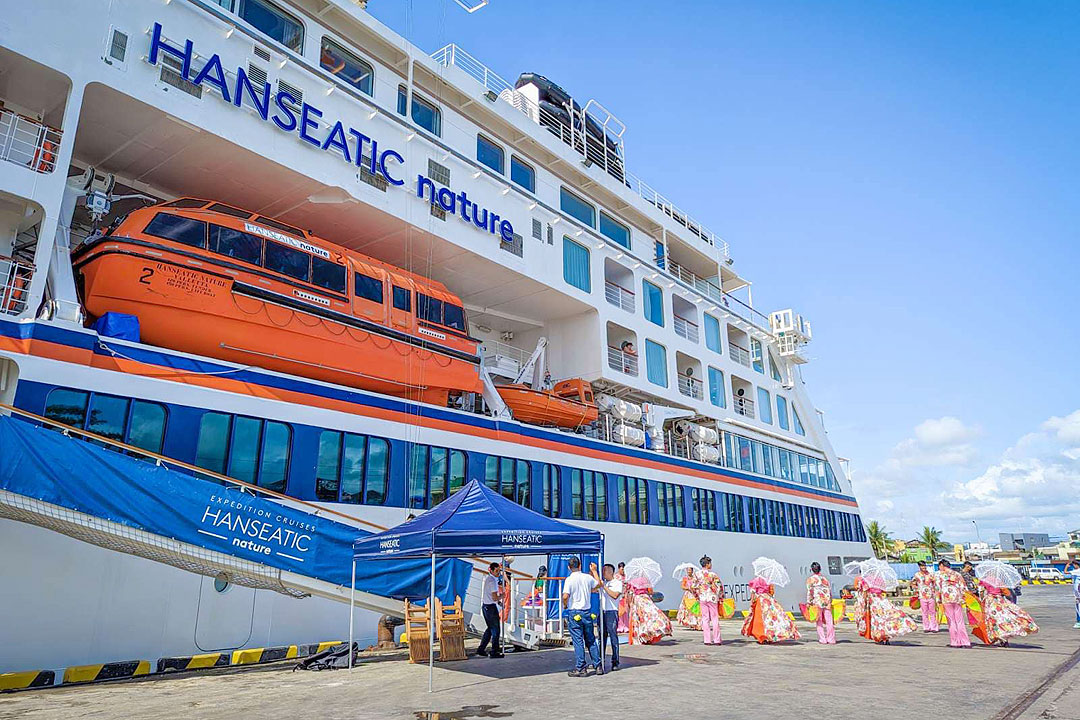THE Cruise Visa Waiver program is viewed as pathway to tapping Chinese visitors, who are turning to other destinations in the region that are visa-free for them, an industry official said.
Ben Line Agencies Director and Vice-President for Marine Agency Services Terence L. Uytingban, said that China was a big market even before the pandemic.
“The Chinese are a visa-required nationality (in the Philippines) … they cannot join the cruises without a visa waiver or without holding a visa (for the ports of call),” Mr. Uytingban said.
“So, it really is a problem because visa-required nationalities such as Chinese and Indians have to apply in advance,” he added.
He said that China is one of the biggest markets for the Philippines, especially for short cruises, due to China’s proximity.
He added that world cruises often do not permit certain nationalities to embark due to visa restrictions, which has caused the Philippines to lose out on potential visitors.
On Tuesday, the Department of Tourism (DoT) announced the launch of the Cruise Visa Waiver program, which is expected to increase the number of cruise ship arrivals, contributing to the DoT’s goal of boosting foreign tourist arrivals and enhancing the overall tourism experience aligned with the National Cruise Tourism Development Strategy and Action Plan, the DoT said.
Immigration Commissioner Norman G. Tansingco said the program is meant to facilitate the entry of visa-required nationals on cruises.
The waiver is single-entry and valid for up to 14 days. It is not convertible to other types of visa.
Mr. Uytingban said that the new policy removes the uncertainty for affected nationals considering cruises.
“It gives assurance to the cruise lines and to the cruise passengers that there really is an accommodation policy in the Philippines that allows cruise passengers to embark on the vessels and enjoy the Philippines,” he said.
“I think it will be a big step forward because other countries already have it, so we are slightly lagging. This puts us makes us on par with other countries that already have similar arrangements,” he added.
This year, the Philippines is projected to receive 117 port calls carrying over 118,000 cruise passengers, up from the 123 port calls and over 101,000 passengers in 2023. — Justine Irish D. Tabile
